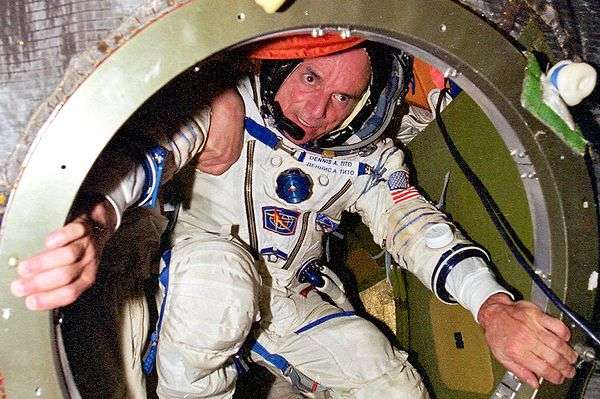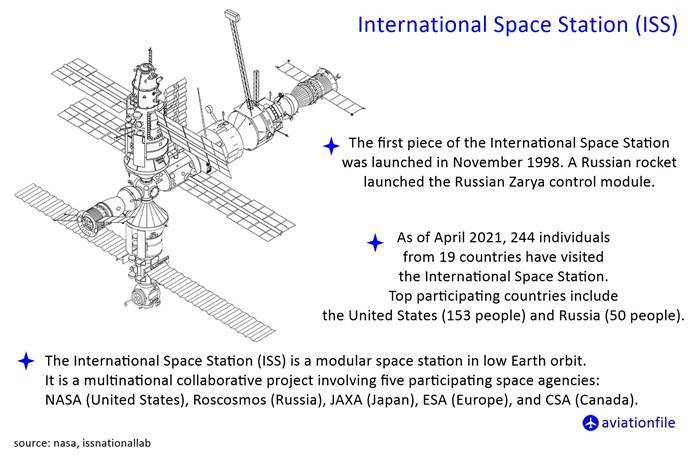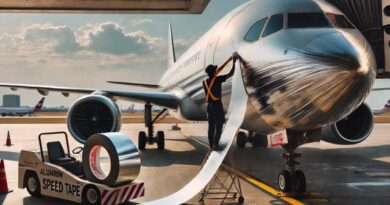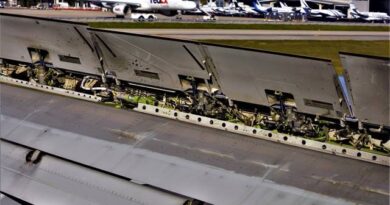Space Tourism: Is a New Era of Travel Beginning?
Space tourism is no longer a mere figment of science fiction. It’s quickly becoming a reality as private companies such as SpaceX, Blue Origin, and Virgin Galactic pioneer efforts to send civilians beyond our atmosphere. This exciting development marks the dawn of a new era in travel, promising to transform our understanding and experience of outer space.
What Is Space Tourism?
Space tourism refers to commercial travel beyond Earth’s atmosphere for leisure, adventure, or scientific purposes. Unlike professional astronauts, space tourists typically do not require extensive training. Instead, they can experience the awe-inspiring view of Earth from space, the sensation of weightlessness, and the adventure of a lifetime, all without years of preparation and physical conditioning.
The Journey to Space Tourism
Early Milestones
The concept of space tourism dates back several decades, but the first tangible step was taken in 2001. Dennis Tito, an American engineer and multimillionaire, paid $20 million for an eight-day trip to the International Space Station (ISS) aboard a Russian Soyuz spacecraft. Tito’s journey captured global attention and demonstrated that space travel was not solely the domain of government-sponsored astronauts.

Subsequent Developments
Following Tito, other affluent individuals followed suit, including South African entrepreneur Mark Shuttleworth and American businessman Gregory Olsen. These early space tourists blazed a trail, proving that there was a viable market for commercial space travel. Their adventures helped galvanize public interest and paved the way for private companies to enter the space tourism sector.

Major Players in Space Tourism
SpaceX
Elon Musk’s SpaceX is arguably the most ambitious player in the space tourism industry. Known for its groundbreaking Falcon rockets and the Dragon spacecraft, SpaceX has already achieved several significant milestones. The Crew Dragon spacecraft, designed to ferry astronauts to the ISS, is also poised to take private passengers on a journey around the Moon. These missions, part of the broader goal of enabling human colonization of Mars, signify a monumental leap in space tourism.
Blue Origin
Jeff Bezos, the founder of Amazon, established Blue Origin with the vision of making space travel accessible to all. Blue Origin focuses on suborbital flights through its New Shepard rocket. This reusable rocket is designed to take passengers just beyond the Kármán line, the internationally recognized boundary of space located 100 kilometers above Earth. The experience promises a few minutes of weightlessness and stunning views of the Earth below.
Virgin Galactic
Richard Branson’s Virgin Galactic offers a slightly different take on space tourism with its SpaceShipTwo vehicle. Unlike traditional rockets, SpaceShipTwo is an air-launched spaceplane. It takes off from a carrier aircraft and ignites its rocket motor at high altitude to reach the edge of space. Passengers aboard SpaceShipTwo can experience several minutes of weightlessness and gaze upon the curvature of the Earth before gliding back to the surface.
The Space Tourism Experience
Pre-Flight Preparation
Although extensive training isn’t required, space tourists must undergo some basic preparation. This typically includes safety briefings, medical evaluations, and simulations of the flight experience. These preparations ensure that passengers are comfortable and informed about what to expect during their journey.
The Flight
Space tourism flights vary in duration and experience. Suborbital flights, offered by Blue Origin and Virgin Galactic, last about 10-15 minutes and provide a brief but exhilarating experience of weightlessness. Passengers can float freely inside the cabin and enjoy panoramic views of Earth. Orbital flights, planned by SpaceX, could last several days, allowing tourists to circle the Earth and even venture around the Moon.
Post-Flight Activities
Upon return, space tourists can engage in a variety of post-flight activities. These may include debriefing sessions, media interviews, and events celebrating their journey. Companies might also offer keepsakes, such as flight suits, photographs, and videos, to commemorate the experience.
Challenges and Concerns
Safety
Safety remains the paramount concern in space tourism. Space travel inherently involves risks, including the potential for mechanical failures and exposure to cosmic radiation. Companies are investing heavily in advanced safety measures, rigorous testing, and emergency protocols to mitigate these risks and ensure passenger safety.
Cost
Currently, space tourism is a luxury reserved for the wealthy. Ticket prices range from $250,000 for a suborbital flight to several million dollars for more extended missions. However, as technology advances and the industry grows, costs are expected to decrease, making space tourism more accessible to a broader audience.
Environmental Impact
The environmental impact of space tourism is a significant concern. Rocket launches produce substantial carbon emissions and contribute to atmospheric pollution. Additionally, they generate space debris, which poses a threat to both current and future space missions. Companies are exploring sustainable technologies and practices to minimize these environmental impacts.
The Future of Space Tourism
Reducing Costs
As the space tourism industry matures, technological advancements and economies of scale are likely to drive down costs. Reusable rockets, such as SpaceX’s Falcon 9 and Blue Origin’s New Shepard, are already helping to reduce expenses. Lower prices will make space travel more accessible, potentially transforming it into a common holiday option within a few decades.
Longer Stays
Future space tourism could include longer stays and more immersive experiences. Concepts such as orbital hotels, lunar bases, and even space habitats are being explored. These developments would offer tourists extended opportunities to experience life in space, conduct scientific experiments, and participate in unique recreational activities.
Educational Opportunities
Space tourism also holds tremendous potential for education and inspiration. By making space travel accessible to a wider audience, it can ignite interest in science, technology, engineering, and mathematics (STEM) fields. Educational programs and partnerships with schools and universities could be integrated into space tourism experiences, fostering a new generation of space enthusiasts and professionals.
Conclusion
Space tourism is on the cusp of revolutionizing travel. With private companies making significant strides, the dream of journeying into space is closer than ever. While challenges such as safety, cost, and environmental impact remain, the industry is poised to overcome these obstacles through innovation and dedication. A new era of travel is indeed beginning, one that promises to expand our horizons and redefine our relationship with the cosmos.
Prepare to pack your bags for space – the final frontier is now within reach.


